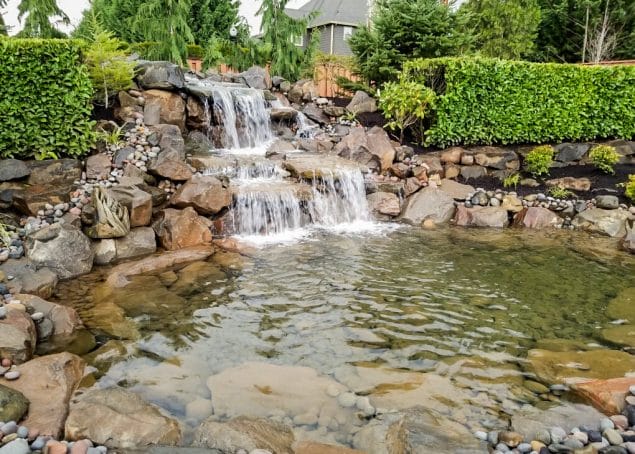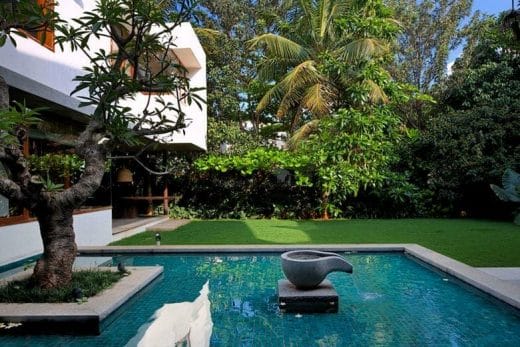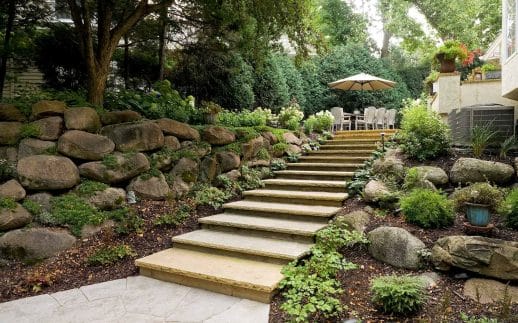Designing in response to the local climate can be traced back to history when humankind came up with the idea of building caves to protect themselves from harsh climatic conditions. The microclimate varies significantly with changes in altitude and rainfall. The passive climate conditioning of buildings protects the users from harsh environmental conditions. The site climate created around the building decreases the severity of the climate which ensures a comfortable exterior and interior building environment.
To develop a microclimate, the design must ensure the relationship between the climate, site, occupants, and the building itself. The design should support the notion of thermal comfort which is achieved by a heat balance between human beings and their living surroundings. The major factors that affect human comfort are temperature, humidity, air movement, exposure to the sun, and cool surfaces to radiate cooling.

The major factor that drives the microclimate of the site is the Landscape design. It is inclusive of the outdoor furniture, greenery, water bodies, hard landscape, and semi or open constructions. It is discovered that providing shade trees over grass is an impactful method to maintain the site’s microclimate. Moderating a building’s microclimate through strategic landscaping has the potential to benefit the environment, save energy and provide comfortable habitable environments.
It has been estimated that a site with properly placed plant material can save up to 30 percent of the expense required to heat and cool the building throughout the year. The landscape is composed of two materials – inert and living. The inert materials are known as hard landscaping while the living materials are referred to as soft landscaping. Soft landscaping includes trees, shrubs, grass, and climbers and hard landscaping includes garden furniture, steps, pavers, fences, pergolas, patios, and landscape lighting.
Hard landscape Elements
- Steps and pavers
The construction of steps and pavers with appropriate material choices facilitates the reduction of ground temperature and thus maintains the microclimate. For instance, using asphalt in parking lots without any shade causes huge discomfort.

- Walls and fences
Walls are solid structures and deflect the flow of wind. Fences are made with wire, netting, stakes, or any other material and allow some wind to easily flow through them. The use of correct boundary construction depending on the site climate regulates the thermal comfort of the site.
- Slopes and Barriers
The different projects have different site topography and the sites with huge variations in the site level can use slopes and barriers to direct the airflow according to the building design.
- Stones and Boulders
Large boulders of various stone types are included in the landscape design of projects to provide shade and direct the flow of air wherever required.

Soft Landscape Elements
- Trees
The most impactful landscaping element regulating interior comfort and the microclimate of the site are trees. The appropriate variety, height, and density of canopy decide the type of tree for a particular site. The height of the tree also decides the shadow length which further governs their positioning and total number.
- Creepers and Climbers
Creepers are used to provide shade in projects where the perimeter of open spaces restricts the use of shade trees. Creepers are a self-supporting variant that spread horizontally and clings to the surface by aerial roots or pad-like-holdfasts. Climbers usually take the support of the object for climbing in a spiral manner.
- Shrubs
On the eastern and western exposures, shrubs effectively block the early-morning and late-afternoon sunlight. Shrub plantation closer to the building periphery also reduces the temperature of the air further reducing the heat conducted through the walls.

Water As a Microclimate regulating tool
Water has a profound impact on the climate control of a site majorly impacting solar radiation and energy conservation. Water bodies absorb large amounts of radiation and also facilitate evaporative cooling. The positioning of water bodies evaluating the wind flow on the site leads to cooler air entering the building as it passes over the water body. The leeward side of a water body is always cooler so the areas on a site that require natural cooling strategies should be positioned on the leeward side.




















